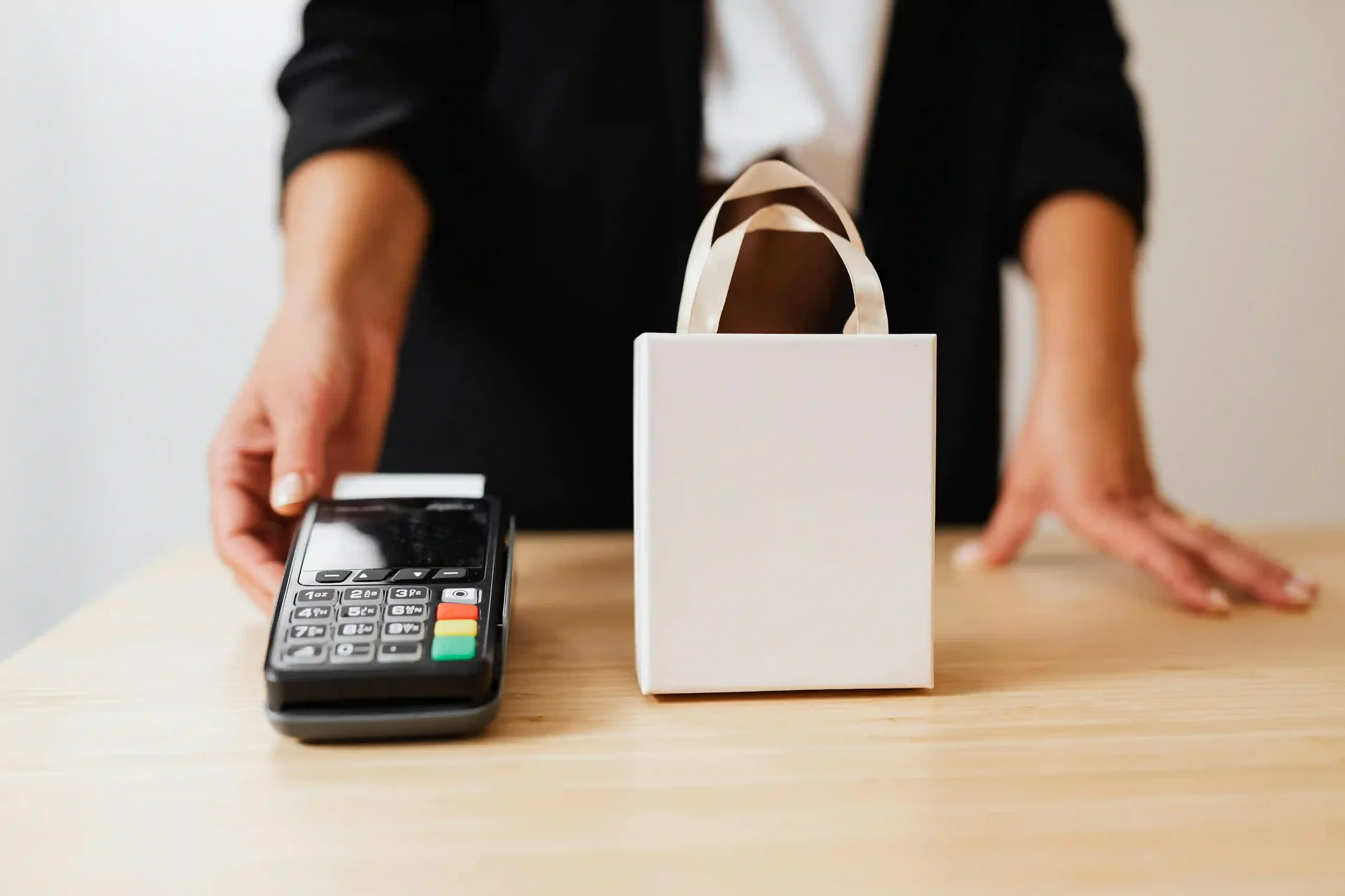Banks, UPI & Digital Money
Understand how banks, digital payments, and online systems safely move and store money.
In today’s digital age, money moves faster than ever - but do we really understand how? This interactive workshop helps students explore how banks, UPI, and digital wallets actually work behind the scenes. Through activities, case studies, and creative simulations, learners will discover how financial systems keep our money secure while making everyday transactions quick and easy.
Enrolled Students: 817
Course Level: Beginner
Lessons: 6
Language: English
Subtitle: English
Additional Resources:
Case study, worksheet templates, sample answers
Duration: 2h 10m
Certificate: Upon completion of the course
Course Table of Content
-
Understand the basic flow of banking: deposits, withdrawals, loans, and interest.
Learn how banks use customer deposits to give out loans and earn profits.
Visualise how money circulates in the economy through an engaging bank flowchart.
Discuss how interest rewards saving and how borrowing helps businesses grow.
-
Differentiate between Savings and Current Accounts and their purposes.
Learn the step-by-step process of opening a bank account (including KYC basics).
Understand why bank statements are important and how to read one.
Explore how banks keep your money and personal data secure.
-
Discover how UPI, Paytm, GPay, Alipay, and Apple Pay simplify payments.
Learn what QR codes actually do and how they connect your bank to a merchant.
Compare digital payment systems across different countries.
Discuss the shift from cash to contactless payments and what it means for the future.
-
Learn how to protect yourself with strong passwords, OTP verification, and secure apps.
Identify common scams like phishing or fake payment links.
Explore real-world stories of digital fraud and how to avoid them.
Create your own “Safety Checklist” for responsible online banking.
-
Teams take on roles of Bankers and Customers to simulate real transactions.
Practice deposits, transfers, and loan approvals using mock forms or play money.
Understand the checks banks perform before approving loans.
Reflect on how financial trust and record-keeping make banking work smoothly.
-
Follow USD 1,000 from Jason's wallet as it moves through UPI and into the banking network.
Trace each stage from user, app, and bank servers to merchant accounts.
Understand how digital footprints ensure transparency and traceability.
Discuss what happens if a transaction fails or gets reversed.
-
Use creative thinking to design a digital wallet app mock-up with safety features.
Add functions like balance tracking, QR payments, and spending insights.
Present your design to the class as if you’re pitching a new fintech startup.
Learn how tech and finance combine to make digital banking smart and secure.
-
Test students’ understanding of how money moves through banks and digital systems, while applying safety awareness in practical situations.
This section will unlock after completion of the course.
Assignment
Spend 1–2 hours each day exploring how banks, digital payments, and online systems work by watching workshop videos, completing exercises, and participating in hands-on activities. Maintain a daily log recording transactions you simulate or track, including deposits, withdrawals, UPI transfers, digital wallet payments, and any savings. At the end of the week, create a summary report showing total transactions, categorising them into Banking, Digital Payments, and Savings, and reflecting on how securely and efficiently money moved in each case. Conclude with a brief reflection on challenges faced, lessons learned about cyber safety and transaction tracking, and how daily practice helped you understand and manage digital money responsibly.
Prerequisites
A basic understanding of money, banking, and digital payments will be helpful. Familiarity with simple math operations (addition, subtraction, percentages) and everyday transactions like sending or receiving money is recommended but not required. All activities are beginner-friendly, with guided examples, simulations, and interactive exercises to make learning about banks, UPI, and digital money safe, practical, and engaging.
Materials
Students will need a notebook or digital device (laptop/tablet) for workshop activities and online exercises. Access to tools like Google Sheets, Excel, or banking simulation apps will help track transactions and manage digital payments. A stable internet connection is required for interactive sessions, UPI simulations, and case studies. All worksheets, templates, and mock transaction materials will be provided to support hands-on learning and practice with banks, digital payments, and online money management.
What Our Learners Say
“Before this course, I used UPI and digital wallets without really knowing how they worked. Now I understand what happens behind the screen - it actually feels cool and less confusing.”
“I liked the bank simulation the most! Acting as a banker and a customer helped me see how money really moves. It made digital payments way easier to understand.”
“The safety lessons were super useful. I never thought about scams or fake links before, but now I know how to protect my money online.”
“Designing my own digital wallet app was fun! It made me realize how tech and finance come together, and I even got some ideas for the future.”
Need a Little Extra Clarity?
Our team is just a message away. Browse the FAQs first, or reach out directly — we love hearing from you.

